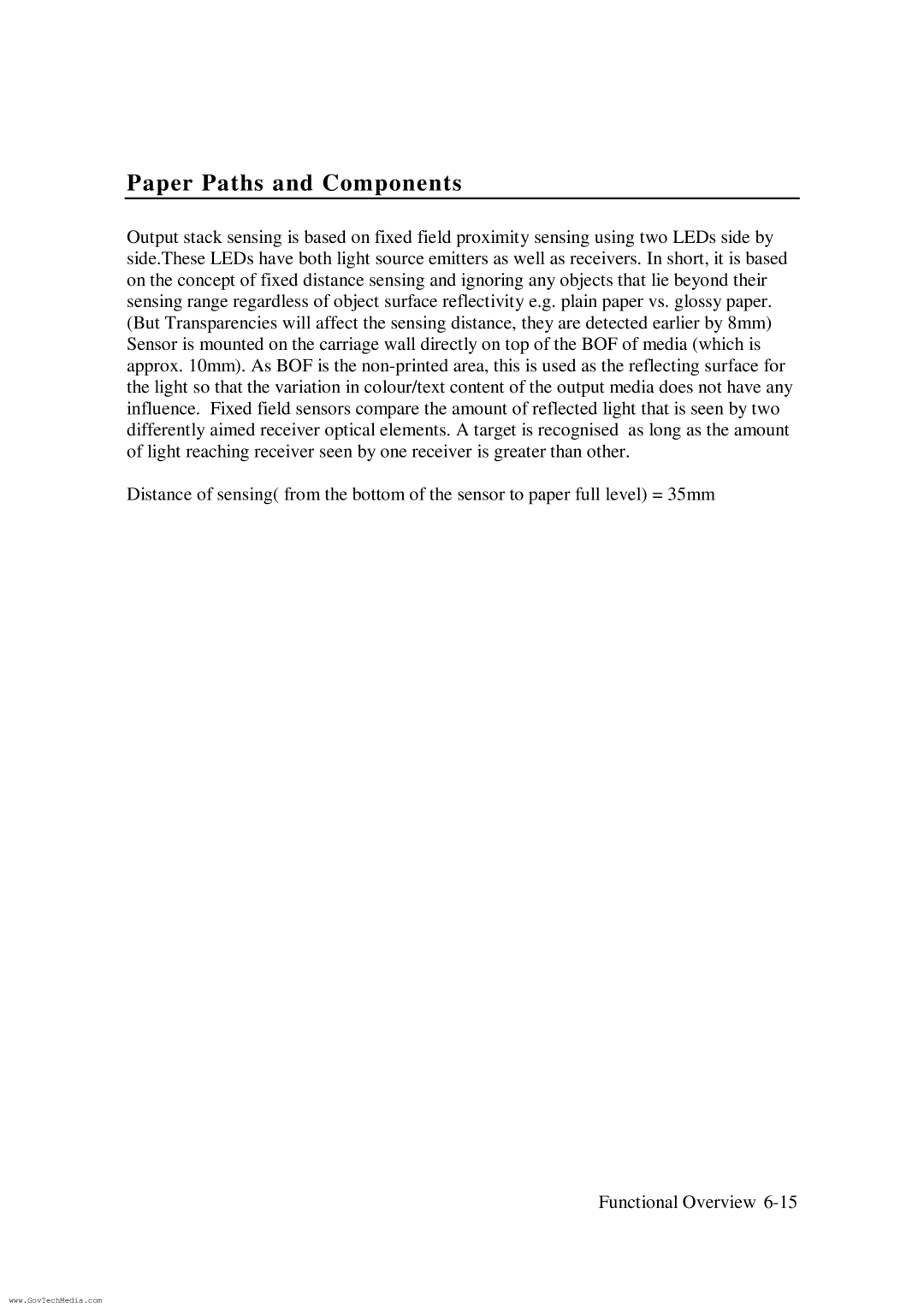ColorPro CAD specifications
HP ColorPro CAD is a cutting-edge solution designed specifically for the needs of professionals in the architecture, engineering, and construction (AEC) industries. This advanced color printer is engineered to meet the demanding requirements of technical printing, providing high-quality output for CAD drawings, maps, and complex graphics. With a myriad of features and technologies, HP ColorPro CAD stands out as a reliable tool for design and project presentations.One of the primary features of the HP ColorPro CAD is its ability to produce vivid, precise colors, which are essential for accurately representing designs and ensuring optimal collaboration among team members. The printer utilizes HP’s novel pigment-based inks, which not only yield stunning color accuracy but also lend durability to printed materials, making them resistant to water and fading. This is particularly beneficial when working with outdoor displays or projects that require longevity.
In terms of speed and efficiency, the HP ColorPro CAD boasts impressive performance capabilities. It can print A1/D-sized plots in as little as 42 seconds, reducing wait times and enhancing productivity in fast-paced work environments. This quick output is complemented by the printer's ability to handle a diverse range of media, including bond paper, coated paper, and film, allowing professionals to choose the best materials for their specific needs.
The HP ColorPro CAD also incorporates advanced connectivity options, enabling seamless integration into the workflow of teams. With built-in Wi-Fi, Ethernet connectivity, and support for mobile printing, users can print directly from their smartphones or tablets, ensuring that they can produce essential documents from virtually anywhere. The printer's compatibility with various design software further streamlines the printing process, making it easier to manage files.
Moreover, the HP ColorPro CAD is designed with sustainability in mind. It features energy-efficient technologies that help reduce the overall environmental impact of printing operations. Users can also take advantage of HP’s commitment to sustainability by utilizing recyclable ink cartridges and paper products made from eco-friendly materials.
In summary, the HP ColorPro CAD represents a significant advancement in printing technology for the AEC industry. With its superior color output, fast printing speeds, diverse media handling, robust connectivity features, and focus on sustainability, this printer is an invaluable asset for professionals aiming to elevate their design projects and enhance collaboration among teams.
